A dead car battery is one of the most common reasons a car won't start, but fortunately, it's often an easy fix with the help of jumper cables. If you've ever found yourself in a situation where your car battery is dead, knowing how to jump-start your car correctly can save you time, money, and frustration. This guide will walk you through the proper steps to jump-start a car safely and effectively.
Other Topics You Might Like
Helpful Products You Might Like
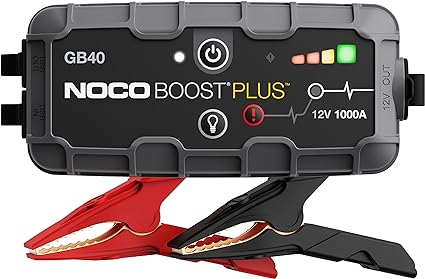
NOCO Boost Plus UltraSafe Car Battery Jump Starter
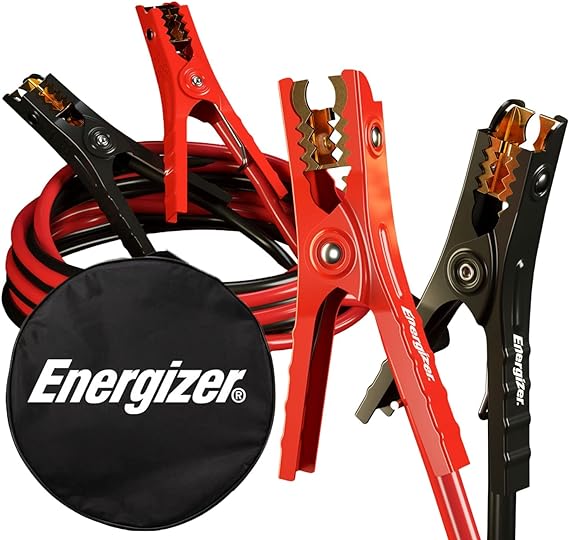
Energizer Jumper Cables for Car Battery
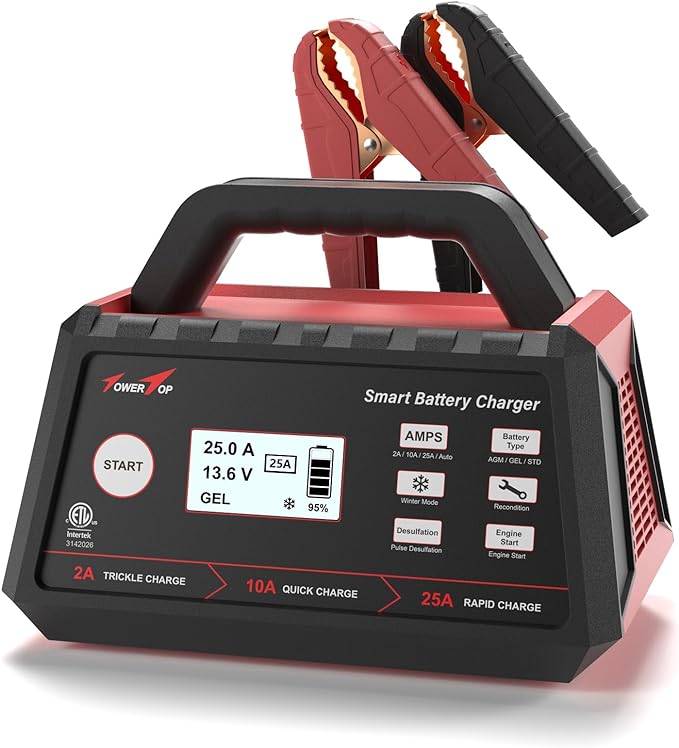
TowerTop Smart Car Battery Charger with Engine Start
"(Paid Links)" 
What You Need
Before you begin, ensure you have the following items
Step 1
Position the Vehicles Correctly
First, park both vehicles close enough to each other so that the jumper cables can reach both batteries. The vehicles should be in "Park" (or "Neutral" for manual transmissions), and both should be turned off.
Make sure the booster vehicle is positioned in front of your car with its battery facing your car's battery. You want the two vehicles close enough for the jumper cables to reach but not touching. Ensure both cars are in "Park" (automatic) or "Neutral" (manual) with the handbrakes engaged.

Step 2
Inspect the Batteries
Before attaching the jumper cables, take a moment to inspect the batteries. Make sure there is no visible damage or corrosion on the battery terminals. If you see corrosion (a white, powdery substance), clean it off with a damp cloth before proceeding. Also, check the battery cables to ensure they are securely attached.
Step 3
Attach the Jumper Cables
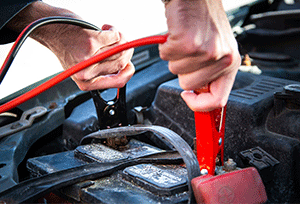
Now, it's time to connect the jumper cables. Be sure to follow the correct order of connections to avoid damaging either vehicle's electrical system.
Red (positive) cable to the dead battery
Attach one end of the red (positive) jumper cable to the positive terminal of the dead battery (marked with a "+" sign).
Red (positive) cable to the booster battery
Attach the other end of the red (positive) jumper cable to the positive terminal of the booster vehicle's battery.
Black (negative) cable to the booster battery
Attach one end of the black (negative) jumper cable to the negative terminal of the booster vehicle's battery (marked with a "-" sign).
Black (negative) cable to a grounded metal surface on the dead vehicle
This is the most important step. Instead of connecting the black cable to the negative terminal of the dead battery (which can create a spark), attach the other end of the black (negative) cable to a clean, unpainted metal part of the dead vehicle's engine block or chassis. This helps to ground the circuit and reduces the risk of sparks near the battery.
Step 4
Start the Booster Vehicle
Once the jumper cables are securely connected, start the booster vehicle. Let it run for a few minutes to allow the dead battery to charge. If the booster vehicle is equipped with a newer, high-output alternator, this step may take as little as 3-5 minutes. If the battery has been dead for a long time, it may need a bit more time.
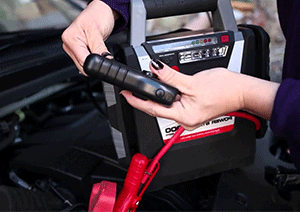
Step 5
Start the Dead Vehicle
After giving the dead battery a few minutes to charge, attempt to start the dead vehicle. If the vehicle starts, let it run for at least 15-20 minutes to allow the alternator to recharge the battery.
If the car doesn't start after a few attempts, it may indicate a more serious issue, such as a completely dead battery or a problem with the car's alternator. In this case, you may need to replace the battery or have your car inspected by a professional.
Step 6
Disconnect the Jumper Cables
Once your car is running, it’s time to disconnect the jumper cables. Do so in the reverse order of how you connected them:
Be careful not to let the cables touch each other while disconnecting them.
Step 7
Let the Engine Run
Keep the engine of the newly jump-started vehicle running for at least 15-20 minutes to ensure the battery gets a sufficient charge. It may also be a good idea to drive the car around for a while to help recharge the battery more effectively.
